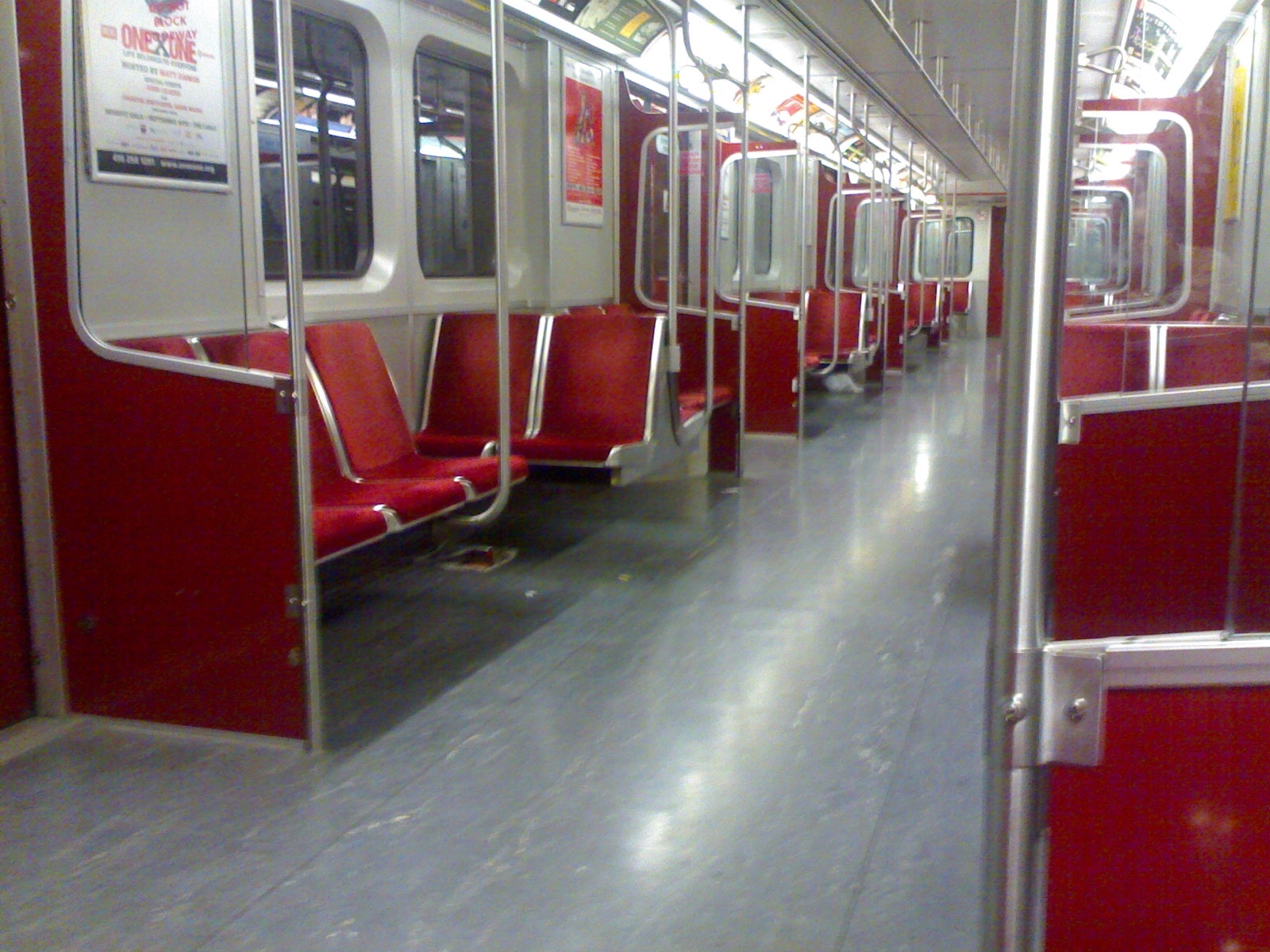Navigating Toronto’s Subway System
Toronto, Canada’s largest city, boasts a comprehensive public transit system that makes getting around the city convenient and efficient. For first-time visitors, understanding the subway system can be a bit daunting, but with a little guidance, you’ll find it to be a reliable and straightforward way to explore the city. Here’s a practical guide to help you navigate Toronto’s subway system with ease.
Understanding the Subway Lines
Toronto’s subway system, operated by the Toronto Transit Commission (TTC), consists of four main lines: Line 1 (Yonge-University), Line 2 (Bloor-Danforth), Line 3 (Scarborough), and Line 4 (Sheppard). Line 1 is the longest and forms a U-shape, running north-south through the city center and connecting major hubs like Union Station and Bloor-Yonge. Line 2 runs east-west, providing access to neighborhoods like The Annex and Greektown. Line 3 is a shorter line serving the eastern suburb of Scarborough, while Line 4 is a short line that runs through North York.
Each line is color-coded on maps and signage: Line 1 is yellow, Line 2 is green, Line 3 is blue, and Line 4 is purple. Trains run frequently, especially during peak hours, making it easy to hop on and off as you explore the city.
Buying Tickets and Using Presto Cards
To ride the subway, you’ll need a valid fare. The most convenient way to pay is by using a Presto card, a reloadable smart card that can be used across the TTC and other transit systems in the Greater Toronto Area. You can purchase a Presto card at subway stations, online, or at select retail locations. Simply load it with funds and tap it on the card reader at the station entrance to pay your fare.
If you prefer not to use a Presto card, you can also purchase single-ride tokens or day passes at subway stations. Keep in mind that cash is not accepted on buses or streetcars, so having a Presto card or tokens is essential for seamless travel.
Tips for a Smooth Subway Experience
- Plan Your Route: Before heading out, use the TTC’s trip planner tool or a navigation app like Google Maps to plan your route. This will help you determine which lines to take and where to transfer.
- Mind the Schedule: The subway operates from approximately 6 a.m. to 1:30 a.m. on weekdays and Saturdays, and from 8 a.m. to 1:30 a.m. on Sundays. Be sure to check the schedule, especially if you’re traveling late at night.
- Accessibility: Most subway stations are equipped with elevators and escalators, making them accessible for those with mobility challenges. Check the TTC website for updates on station accessibility and any planned maintenance.
- Safety and Etiquette: Toronto’s subway is generally safe, but it’s always wise to stay aware of your surroundings. During busy times, be courteous by allowing passengers to exit before boarding and keeping your belongings close.
- Explore Beyond the Subway: While the subway is a great way to get around, don’t forget that Toronto also has an extensive network of buses and streetcars that can take you to areas not served by the subway.
Toronto’s subway system is a vital part of the city’s public transit network, offering a convenient and efficient way to explore the diverse neighborhoods and attractions. With a little preparation and these practical tips, you’ll be navigating the subway like a local in no time.
